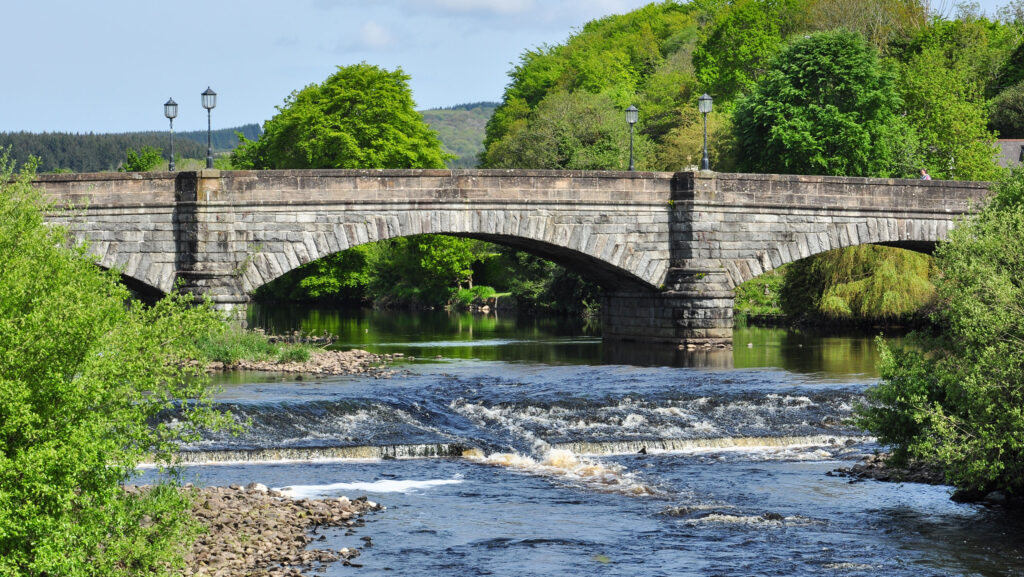Scots farmers warned of water scarcity this summer
 © Adobe Stock
© Adobe Stock Scottish farmers are being advised to prepare for possible water scarcity this summer, after lower than usual rainfall in Scotland this winter.
Despite December and January experiencing brief periods of heavy rain and flooding from Storm Darragh and Storm Éowyn, a drier than usual January and February followed, says the Scottish Environment Protection Agency (Sepa).
See also: How to plan for water security and drought resilience
Provisional Met Office statistics show below average rainfall, below average sunshine, and above average temperatures for the UK as a whole.
Rainfall in the far north of Scotland was, however, exceptionally low during February, with Orkney receiving just 34% of its typical rainfall, Sutherland 37% and Shetland 40%.
That could spell problems for Scotland’s water resources in spring and summer, and the country is now relying on an above average rainfall in the coming months to replenish the low groundwater levels.
Groundwater levels, Sepa highlights, are “normal to low” for the time of year, but particularly low values have been recorded in Fife, Angus and Dumfries.
In Fife the groundwater levels recorded are similar to, or even lower than, those seen in February 2022 – a year that saw drought conditions that summer.
“We’ll continue to monitor the situation closely,” said Claire Tunaley, senior hydrologist at Sepa’s water resources unit.
“Seasonal reporting will begin in May, providing weekly updates on conditions to ensure businesses can prepare for any potential challenges ahead,”
Perthshire pig and arable farmer Ian Sands said he has noticed it has been drier than usual.
“My crops are looking good, so I’m not complaining, but it has been the driest winter I can remember.
“Our bore hole is ok so far, but we’ve not had the snow melt from the mountains like we used to and that also makes a big difference to ground water levels,” he said
Sepa urges all those who are licensed to extract water from a surface or underground water source to take steps to enhance their water resilience and to mitigate the impact of extended dry conditions, and safeguard Scotland’s water.
